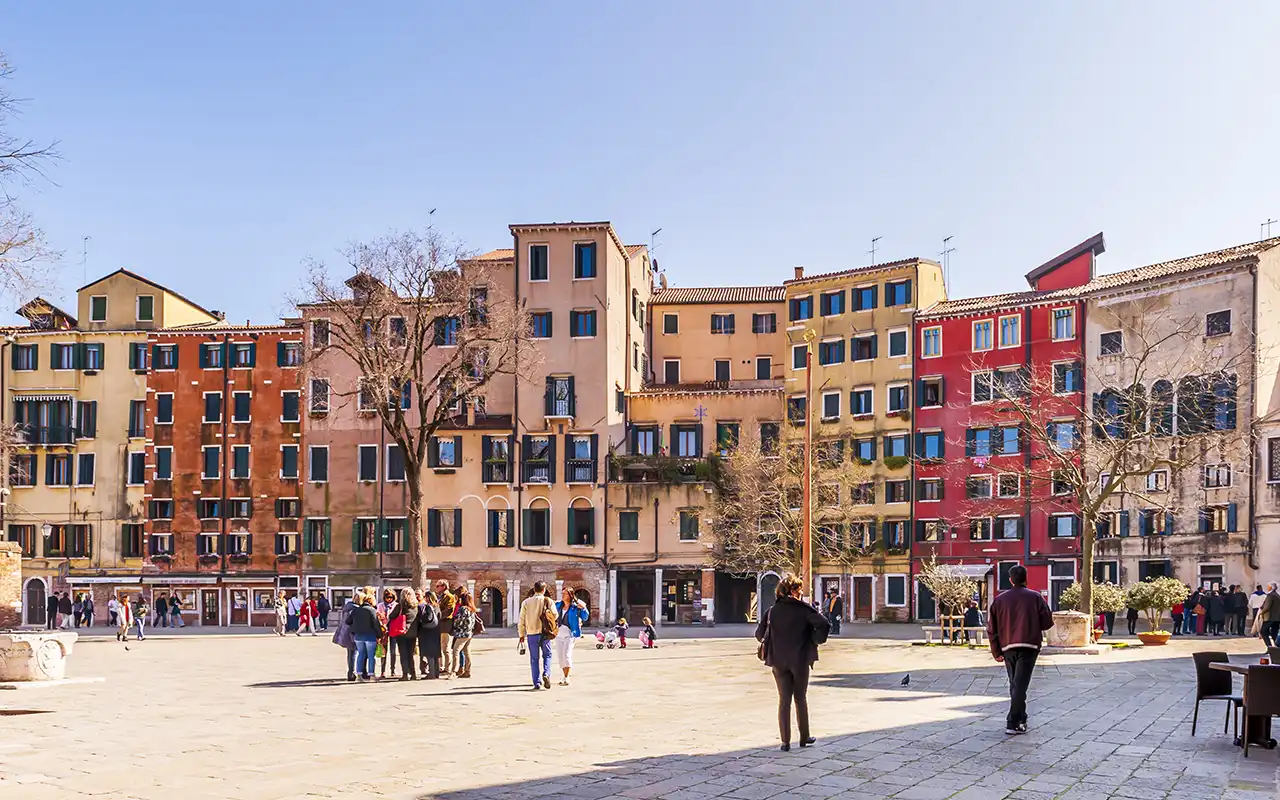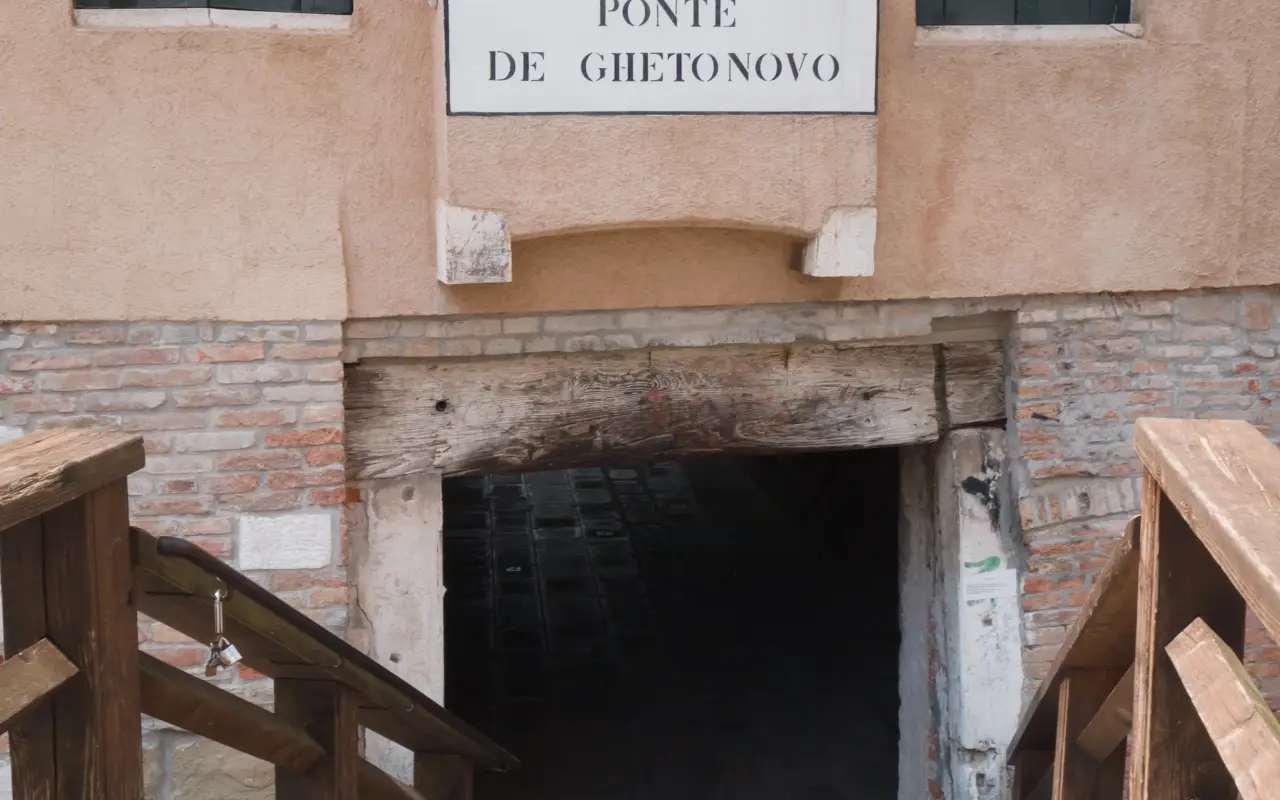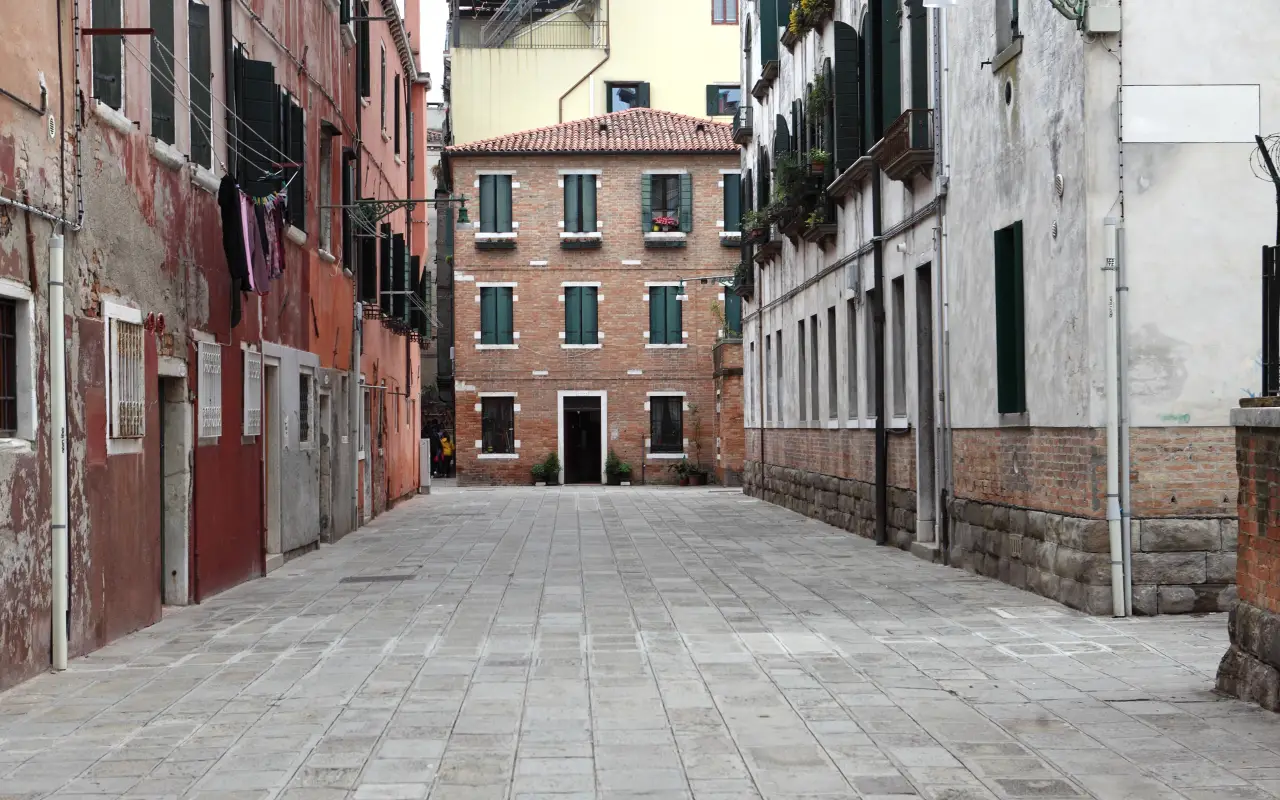Claim to Fame
The Venetian Ghetto was the world’s first official Jewish ghetto, established in 1516 and still home to synagogues that have stood for over 500 years.
📌 Navigating Venetian Ghetto : Answers to Frequently Asked Questions
- Admission Fee: There is no admission fee to enter the Ghetto, but museums and guided tours have separate charges.
- How Long to Visit: Visitors often spend a few hours in the Ghetto, exploring the museums, synagogues, and shops, or participating in guided tours.
- Washrooms: Public washroom facilities in the area are limited, so planning ahead is recommended.
- Hours of Operation: The Ghetto can be visited at any time, but access to specific buildings like synagogues and the museum is restricted to their opening hours.
- Important Information: The Venetian Ghetto, established in 1516, offers a profound historical and cultural journey, reflecting the enduring heritage of the Jewish community in Venice.
- Handicap Accessible: The Venetian Ghetto is accessible by foot, but some areas may have uneven surfaces or steps. Care should be taken when navigating the narrow alleys and bridges.
- Pets: Pets are allowed in the outdoor areas of the Ghetto, but access to indoor sites like museums or synagogues may be restricted.
- Guided Tours: Guided tours are available, offering insights into the history and culture of the Jewish community in Venice, including visits to synagogues and the Jewish Museum.
- Restaurant or Cafe: Dining options include kosher restaurants and cafes, offering a taste of Jewish cuisine alongside typical Venetian dishes.
- Gift Shop: Shops in the Ghetto offer a range of goods, from Judaica and artisan crafts to books and souvenirs reflecting Jewish heritage and Venetian culture.
- Parking: Parking is not available directly in the Venetian Ghetto due to Venice's unique structure. Visitors typically park on the mainland or in designated areas and use water transport or walk.
- Family Friendly: The Ghetto is a historically significant and family-friendly area, providing educational value and a deep cultural experience for visitors of all ages.
- Photography: Photography is permitted in the public spaces of the Venetian Ghetto, but respect for the local residents and cultural sites is paramount.
- WIFI: Public WIFI is not widely available in the Ghetto, encouraging visitors to engage fully with the surroundings and historical context.
- Picnic Area: No specific picnic areas are designated within the Ghetto, but nearby parks or squares can offer spaces for outdoor eating.
Photos of Venetian Ghetto
Tucked away in the Cannaregio district of Venice lies the historic Venetian Ghetto — a place of resilience, culture, and community. As the oldest Jewish ghetto in the world, it holds deep historical significance and offers visitors a poignant look into centuries of Jewish life in Venice. Quiet canals, hidden courtyards, and elegant synagogues paint a picture of both hardship and cultural vibrancy.
What to Expect
Walking through the Venetian Ghetto, you’ll find a calm atmosphere that contrasts with Venice’s bustling tourist hotspots. The square is lined with kosher restaurants, bookshops, and cultural centers. Five synagogues are tucked within residential buildings — each representing different European Jewish traditions. Most are only accessible via guided tours offered by the Jewish Museum of Venice.
Don’t miss the Holocaust memorials, including stone plaques with names of deported residents and the bronze bas-reliefs by Arbit Blatas. They add powerful context to the area’s story, making this not just a historical site, but a place for reflection.
Background and Cultural Context
In 1516, the Republic of Venice confined Jewish residents to this designated area, locking the gates at night and limiting professions. Over time, the community adapted, contributing to Venetian culture while preserving its own religious and social customs. Despite challenges, the ghetto became a hub of learning and faith.
The term “ghetto” itself originates from this district, making it not just a physical space but a linguistic and sociopolitical landmark recognized worldwide.
Best Time to Visit
Visit in the early morning or late afternoon for peaceful walks and soft light along the canals. Spring and fall offer ideal weather for exploring without large crowds. Consider timing your visit with Jewish holidays or special exhibitions for deeper cultural immersion.
How to Get There
Take Vaporetto Line 1 or 2 to the Guglie stop. From there, it’s a short 5-minute walk into the heart of the Cannaregio district. The Ghetto is well signposted, and the surrounding neighborhood is worth exploring on foot.
Photo Opportunities
Capture the footbridges and canals in early morning light, the bronze memorial sculptures, and the synagogues' understated exteriors. The square at the center of the Ghetto, with its quiet charm and cultural symbolism, is especially photogenic.
Travel Tips
- Guided synagogue tours are the only way to access interior spaces — check the Jewish Museum’s schedule.
- Respect the religious setting — modest attire is recommended inside synagogues.
- Try a kosher bakery or restaurant while you’re there — the pastries and challah are often handmade by locals.
FAQs
Is the Venetian Ghetto still a Jewish community today?
Yes, although smaller in number, the community remains active with functioning synagogues and cultural centers.
Can I visit the synagogues on my own?
No — entry is only available through guided tours provided by the Jewish Museum.
How long does a visit take?
1.5 to 2 hours is ideal for walking, taking a tour, and exploring the area.
Is it safe to walk there at night?
Yes. Like most of Venice, the Ghetto is safe and well-lit, though it’s very quiet in the evenings.
Final Thoughts
The Venetian Ghetto is one of the most meaningful places in Venice — a living reminder of cultural endurance and a critical chapter of the city’s history. Whether you’re interested in religious heritage, Jewish history, or quiet reflection, this unique district is worth every step off the beaten path.


